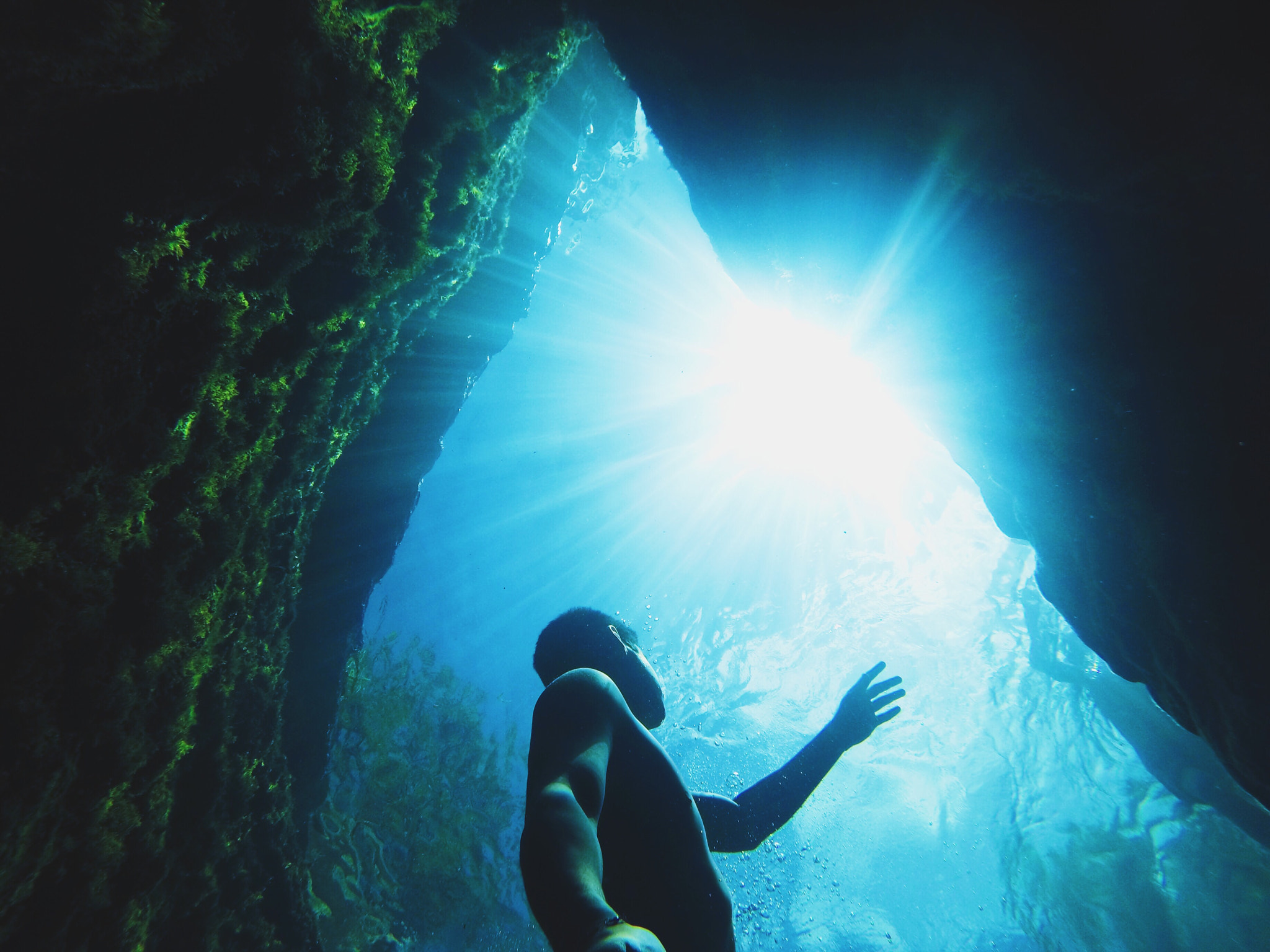
1/160, F20, ISO100, diopter 12. 5 This Emperor shrimp is about 1. 5 cm long, shut using a 12. 5 diopter. A few months ago, a friend invited me to try underwater photography and join a macrophotography workshop in Anilao, the Philippines.
I've been shooting above the water for more than five decades but had no experience shooting underwater. I decided to take up the challenge, renewed my diving license, acquired the necessary photography gear and took a few dives with an underwater photography guide in the Red sea, Eilat, preparing myself for the workshop.
The workshop was conducted in Anilao, Batangas province of the Philippines, with full diving service, dive masters, boat riding, etc. provided, as well as an excellent camera room to take care of the photo gear. Anilao is considered an ideal place for macro photography. The diversity is incredible – rich reefs, a wide variety of fish, unexpected critters and nudibranchs are all over. The beachfront resorts are nestled against the jungle and provide exotic scenery while riding to and from dive sites.
1/160, F9, ISO100. Face to face with a yellow Cubicus boxfish.
The workshop schedule is quite intense: Breakfast at 0630, Review of the previous day photos between 0700 and 0830, two morning dives between 0900 to noon. Lunch break at 1200; a theoretical learning session (light, macro photography, use of strobes and more) at 1400 to 1500, two afternoon and evening dives between 1530 and 1900, dinner, photo editing and submitting some images for the next morning review, and falling asleep.
I use all full-frame cameras when shooting above the water: the Nikon D850, D5 and Sony a9 mirrorless. For my underwater excursion, I have decided to use the Sony a9 for two reasons: It is smaller and therefore the housing is smaller, and one can review the photos without removing the eye from the viewfinder. The latter is of paramount importance, especially when shooting miniature critters from a distance of less than five centimeters. If you have to move the camera to review a photo on the back screen, the subject gets out of your sight and finding it and focusing again is time consuming.
I exclusively used the Sony FE 90mm F2. 8G macro lens, sometimes with a 12. 5 diopter wet lens attached in front of the lens port for shooting critters that are smaller (and some are much smaller!) than a centimeter. Each photo provided here includes the main exposure parameters in the caption, and the use of the diopter is noted as well.
The Nauticam housing I used holds two powerful strobes. Below the surface, most of the sunlight is absorbed by the first few meters of water. At depths of 5 meters and more, all critters look almost colorless and it is the light of the strobes that brings back the colors. Even the light of the most powerful strobe is absorbed by the water and therefore underwater the distance from the camera to the (main) subject is usually less than 1. 5 meters. Macro photography distance is less than 50 centimeters and super macro (magnification ratio above 1 – the recorded image size on the sensor is larger than the actual size of the subject) distances can be as close as 2 centimeters.
For our diving sessions we were usually three photographers to a boat, accompanied by a local dive master who knows the waters very well and finds the critters for us. We were also accompanied by two boat drivers to handle the boat and help with the diving and photo gear and getting in and out of the water.
1/160, F14, ISO100, 12. 5 diopter. Glossodoris Cincta Nudibranch
The diversity of the creatures in this area is reach and unique. Colorful and beautiful Nudibranches populate the waters, ranging in size from 4mm to 600mm. Most we encountered were between 10 to 60mm in size. They can be identified by the pair of rhinophores, on which it makes sense to focus.
But it's not all serene beauty underneath the water. Survival is a continuous daily battle, and every critter has developed a unique method of protection against predators. There are many such methods, but below are a few in particular that we saw in use:
Using a deadly poison and flashing bright colors warning potential predators
Camouflage
Hiding in small hard to reach holes
1/200, F13, ISO1000. This wire coral shrimp on top of the coral is about 1. 5 cm long uses camouflage to protect itself.
1/160, F14, ISO100. Blue-ringed Octopus, one of the world's most venomous marine animals. If provoked, it will change color quickly as a warning.
1/200, F14, ISO100. 12. 5 Diopter. The Pink Hairy Squat Lobster, about 1. 5 cm long, hiding under the projections on the sides of sponges.
The underwater world is rich with life. It is so beautiful and exciting and I am sure going to put more time and effort into exploring this new (at least for me) amazing world.
$(document). ready(function() { SampleGalleryV2({"containerId":"embeddedSampleGallery_0608256818","galleryId":"0608256818","isEmbeddedWidget":true,"selectedImageIndex":0,"isMobile":false}) });
About the Author: Ze’ev Kirshenboim, an Electronic Engineer by trade, is a seasoned amateur photographer of 52 years and makes his living as the president of ACS Motion Control Ltd which he founded 33 years ago. He likes shooting sport, wildlife and people, and lately has combined his photography hobby with scuba diving, the results of which are depicted in this article.
. dpreview.com2018-6-3 16:00
